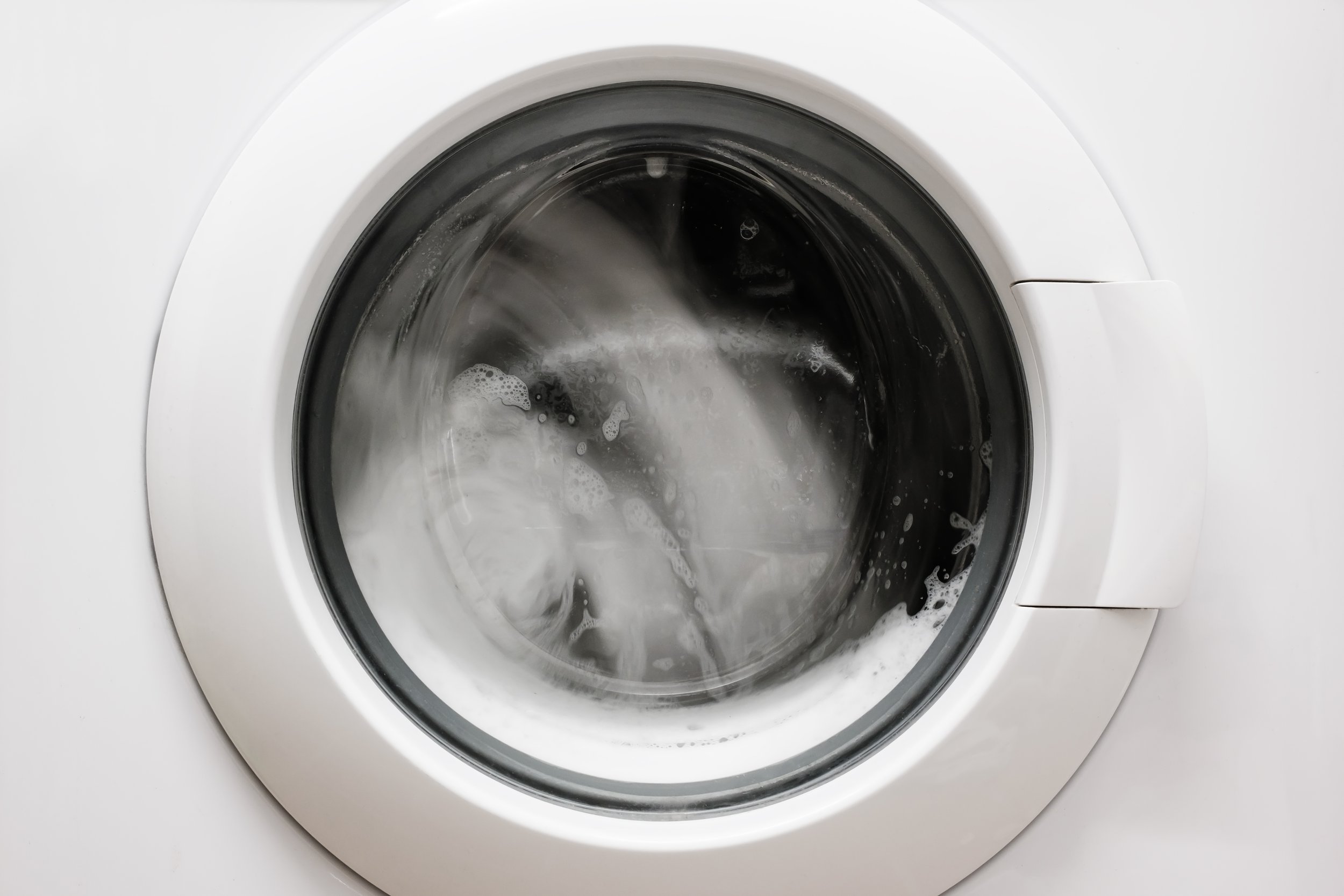
Appliance Maintenance Tips
-

Washer Maintenance
Periodically clean your washer by pouring one gallon of distilled white vinegar into the washer and then run through a complete cycle. This will remove any soap scum that has built up.
Wash as many loads as you can in cold water if/when possible, to conserve energy. Also, fill the washer with the least amount of water to wash clothes.
High-efficiency washers use 2/3 less water.
An ounce of prevention is worth a pound of cure, especially on a cold wet winter day.
-

Dryer Maintenance
Clean the lent filter after each use to preserve the dryer.
Dryer sheets leave a film (lent screen) on the filter that blocks the airflow in your dryer. To clean, wash the lent filter with hot soapy water and clean it with a toothbrush every six months.
When drying, dry consecutive loads to take advantage of the heat stored in your dryer. This will help your dryer to operate at peak efficiency
-

Furnace Maintenance
Clean furnace filters once a month to conserve the heating bill.
Thermostat: Set your thermostat as low as comfortable for you to conserve your heating bill in the winter time, thus raising your temperature can raise your bill by 3%.
Run your ceiling fan on the low setting in a clockwise direction to circulate heat. This will reduce your heating bill in wintertime. It also provides comfortable heat throughout the room.
CAUTION!
Note: As with any fuel source, it is important to follow proper safety precautions when using natural gas in your home or business. Improper installation, use or maintenance of gas-burning appliances, piping, and venting can create dangerous conditions. This notice identifies potential hazards and provides information on how to be safe around natural gas.
Appliance Connectors
Appliance connectors can be corrugated metal tubes used to connect gas appliances to fuel gas supply pipes in your home or business. Some older brass connectors have a serious flaw in how their tubing was joined to their pieces. Over time, the end pieces can separate from the tubing and cause a serious gas leak, explosion, or fire. If you believe that you have an older connecter in your home, have a qualified contractor come out and replace it if necessary. Do not attempt to check connectors yourself!
Moving the appliance, even slightly, whether to clean behind it or to inspect its gas connector, can cause the complete failure of one of these older, weakened connectors and possibly result in a deadly fire or explosion.
Be sure to follow these appliance connector safety guidelines:
Make sure that the connectors are installed where no one will step, sit, lean, or place a heavy object on them.
Never have a connector installed through a wall, floor, or ceiling.
An appliance connector should not be more than six feet long.
Each appliance should have a shut-off valve installed on the house piping before the connector.
A new connector should be installed every time an appliance is replaced.

